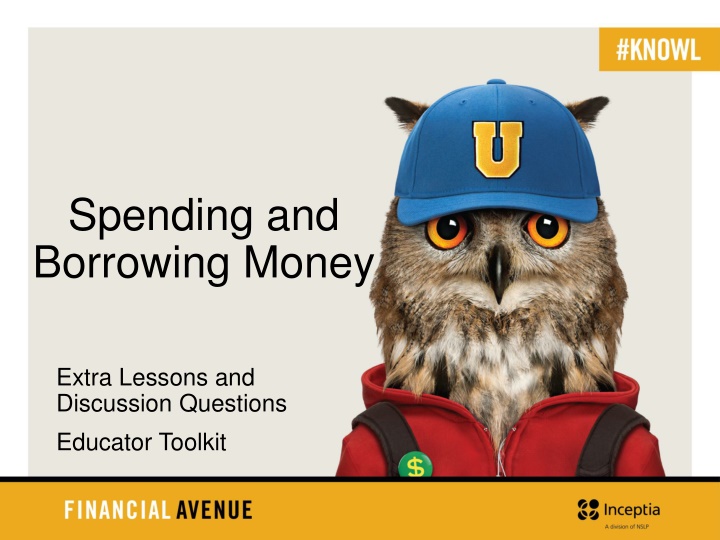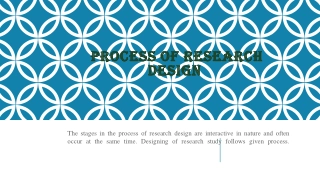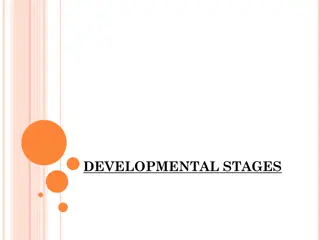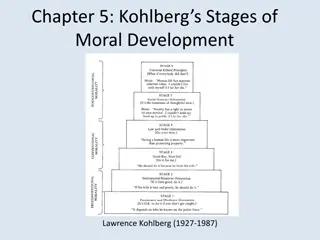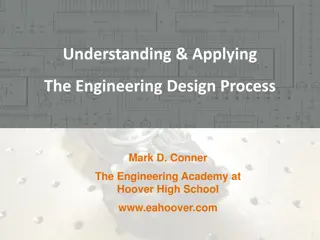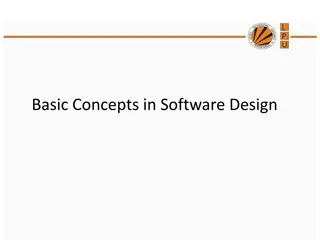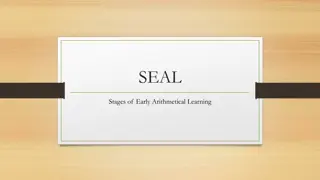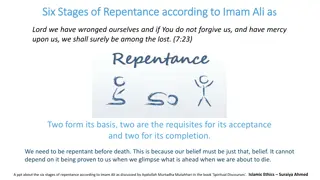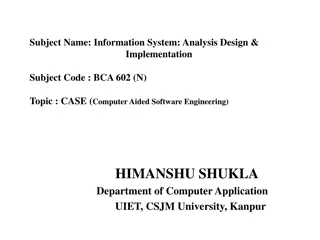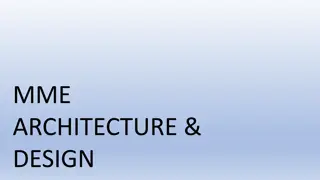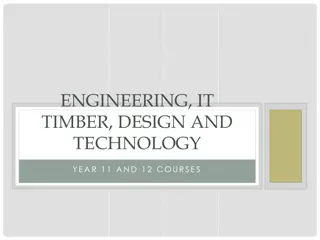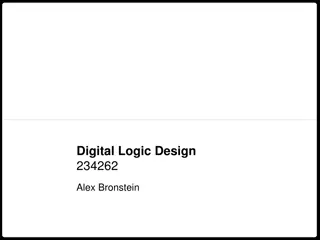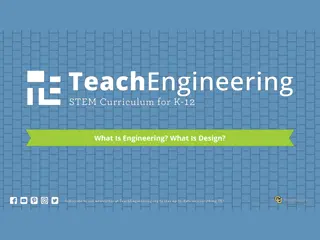iSTEM Engineering Design Process - 8 Stages
iSTEM Engineering Design Process involves 8 stages starting from defining the problem to communicating the solution. The stages include problem identification, solution brainstorming, design, prototyping, evaluation, iteration, and final communication. Each stage is crucial in the design and engineering process to ensure a successful outcome. By following these steps, engineers and designers can effectively address challenges and create innovative solutions.
Download Presentation

Please find below an Image/Link to download the presentation.
The content on the website is provided AS IS for your information and personal use only. It may not be sold, licensed, or shared on other websites without obtaining consent from the author.If you encounter any issues during the download, it is possible that the publisher has removed the file from their server.
You are allowed to download the files provided on this website for personal or commercial use, subject to the condition that they are used lawfully. All files are the property of their respective owners.
The content on the website is provided AS IS for your information and personal use only. It may not be sold, licensed, or shared on other websites without obtaining consent from the author.
E N D
Presentation Transcript
Spending and Borrowing Money Extra Lessons and Discussion Questions Educator Toolkit
Spending and Borrowing Money How do you 1. Spend money on what you need while resisting tempation to buy what you don t? 2. Use your money on the things that you value and enjoy and avoid the things that you don t? 3. Make sure you re protected and you understand all the terms in the contracts you sign?
Todays Lesson Spending and borrowing money wisely 1. Pressure to buy: How to overcome temptation and pressure when we re shopping. 2. Money and values: How to spend money based on your values. 3. The fine print: How to read fine print and protect yourself from losing money.
1. Pressure to Buy: Review REVIEW AND DISCUSS SPENDING AND BORROWING SECTION 1: FIGHT THE PRESSURE TO BUY AND SPEND Find common spending pressures or temptations. Compare needs vs wants: Make decisions based on trade-offs, value, options, and budget. Cut out common spending pitfalls and transaction fees.
1. Pressure to Buy: Discuss Q: When have you been pressured into buying? Brainstorm: When have you been pressured or tempted to buy something that you didn t want or need, or that you regretted later? Reflect and Discuss: Why do you think you felt pressured or tempted to buy it? How could you have avoided that pressure or temptation? Plan: How could you use a spending plan or budget to prepare for these moments?
1. Pressure to Buy: Exercise Q: How can I avoid the pressure to buy? Brainstorm: Think of all the places you see advertisements to buy something. Reflect and Discuss: What else is tempting or pressuring you to buy? How do you react to those temptations and pressures? Write: What are three things you do or could do to avoid the pressure or temptation? Write them down.
2. Money and Values: Review REVIEW AND DISCUSS SPENDING AND BORROWING SECTION 2: USE YOUR MONEY FOR THE POWER OF GOOD Balance the present you vs. the future you: Spend and borrow money for what s important today and tomorrow. Save in small increments to reach your goal. Stretch your dollar: Use shopping strategies to help you make the best decisions when you spend money.
2. Money and Values: Discuss Q: Present vs. future you: How do you balance your money priorities now and later? Discuss: What are your top three priorities today? What are your top three money priorities in the future? Discuss: How would you adjust your money to meet your top priorities today? What can you do today to meet your priorities tomorrow? Reflect and Write: Where would you cut spending to meet your three priorities now and later? Write it down.
2. Money and Values: Exercise Q Where can I stretch my dollars? Brainstorm: What are the places and shopping strategies that help you save money, find bargains, and get the best deal possible? Everything from groceries to clothes to tuition we re going to brainstorm a big list as a class. Plan: Which of these strategies do you already use? Which do you want to use more often? Write them down.
3. The Fine Print: Review REVIEW AND DISCUSS SPENDING AND BORROWING SECTION 3: BEAT THE FINE PRINT Identify common components and terms in a financial contract: Read and calculate the costs outlined in a financial contract. Calculate the costs of borrowing with interest vs. paying in cash.
3. The Fine Print: Discuss Q: When did you wish you had read the fine print? Discuss: When was a time you wish you d read the fine print? What was the catch or the terms that you didn t know about before you signed or agreed to something? How did this cost you? Brainstorm: What are all the places where you might have to sign a contract or agree to terms? What are the specifics you would look for in each one?
3. The Fine Print: Exercise Q: What s in all the fine print of signing up for a credit card? Calculate: As a class, view this sample credit card agreement to see the fine print. Discuss: What are the areas in a credit card agreement that you would want to pay extra attention to before you sign?
Take Action Pick a strategy to fight the urge to buy: Avoid temptations, wait to make purchases, always shop with a list, etc. Avoid spending pitfalls: Keep more of your money in your pocket by avoiding small purchases that add up. Shop wisely: Use simple strategies to stretch your dollar. Review your contracts: Make sure to read the fine print of both old and new contracts.
Wrap-up Spending and borrowing money wisely 1. Pressure to buy: Know that there is pressure and temptation around you stand strong with your money! 2. Money and values: Use your money on what matters to you the most and pinch pennies on the rest. 3. The fine print: Read and review any financial contract before you sign on the dotted line!
